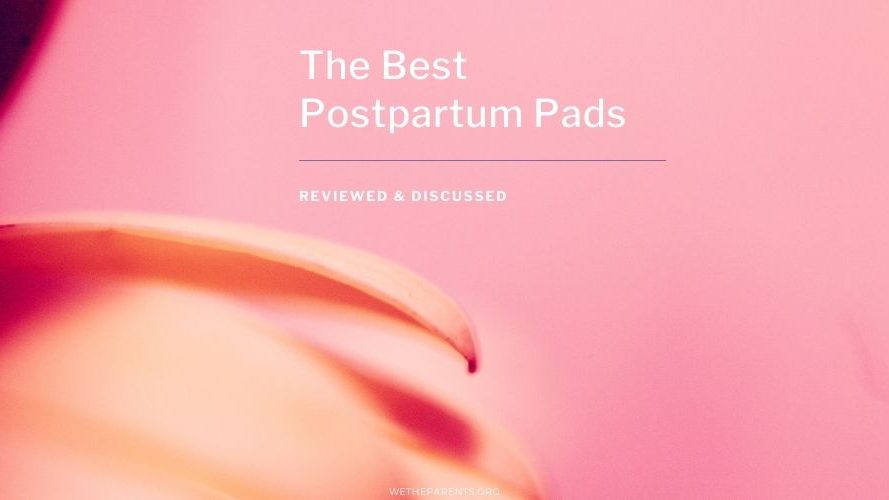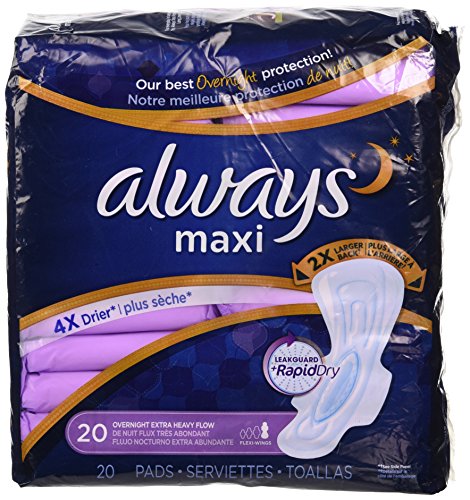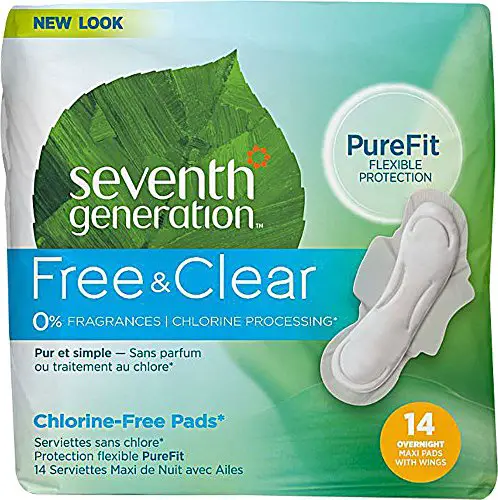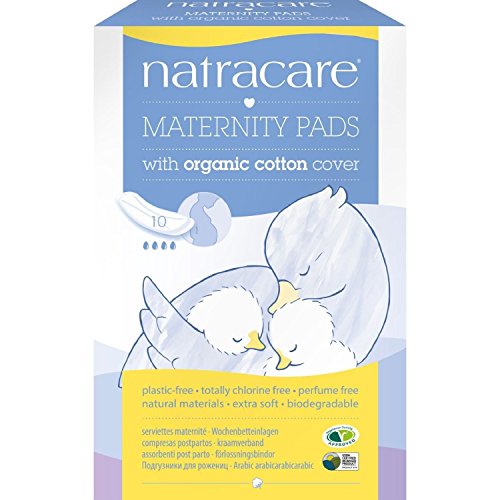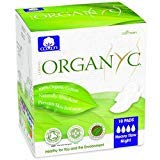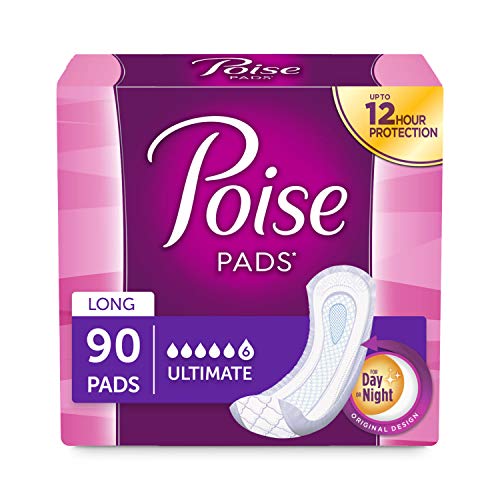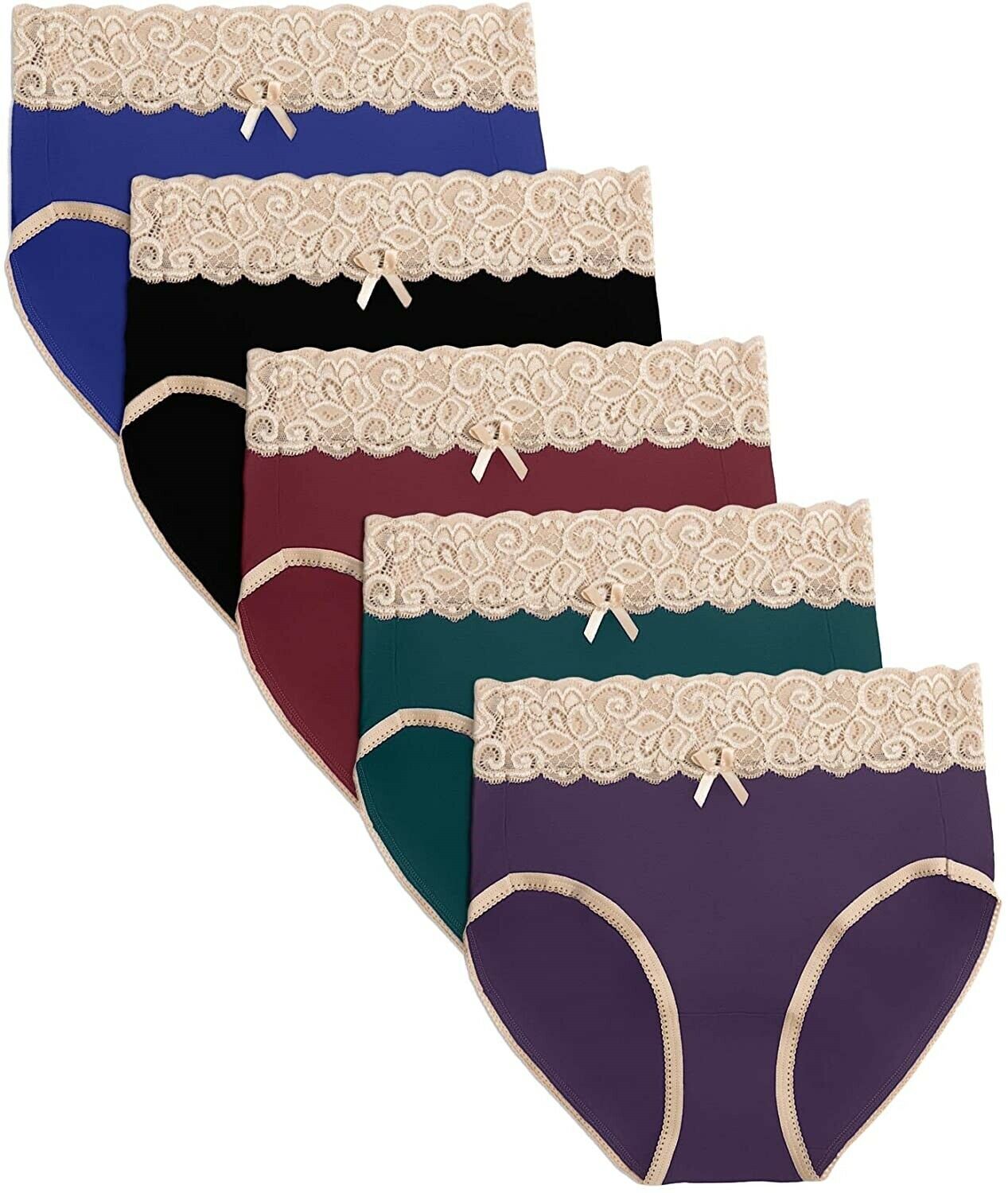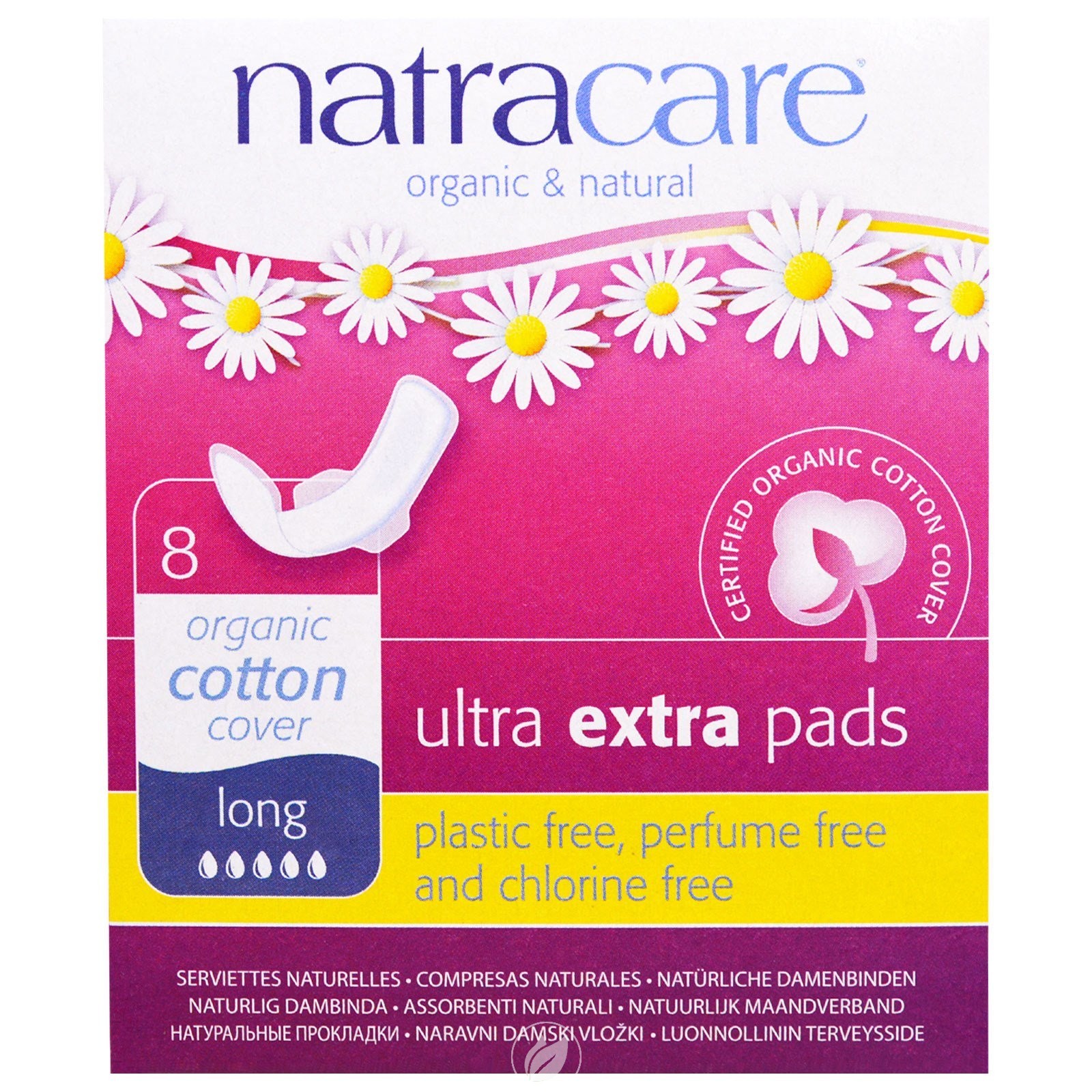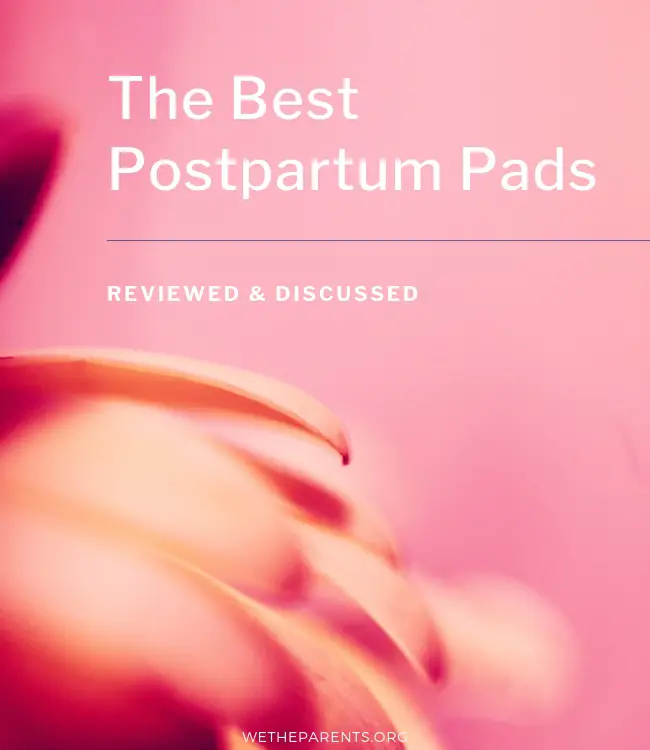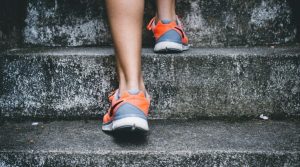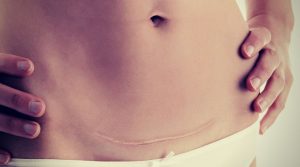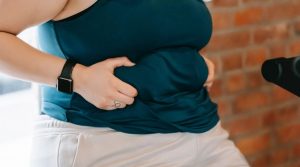Following the birth of your baby, you need reliable postpartum pads. You’ll soon realize that this flow is more than that of any menstrual period. There’s also a raft of other ‘happenings’ you may not have expected.
Postpartum pads are like menstrual pads, only larger and more absorbant. You’ll soon learn to be grateful for this! How many weeks you may need this kind of protection for is hard to say, as we’re all so different.
Read on to discover the issues (and their solutions!) for a postpartum mom. This article will examine seven leading contenders for the best postpartum pads.
In this article:
A new mom’s guide to postpartum care
The amount of postpartum care necessary for moms is a rather long list. Fortunately, we have a list just as long that addresses every issue!
Vaginal soreness
Your vaginal area might be extra-sore if you had an episiotomy. That’s the name of the opening the doctor made to help the baby’s head exit the vaginal without tearing. It may be that you had a tear that occurred during birth.
No matter which wound you have, it might take a few weeks for the soreness to go away. Of course, longer tears will probably take longer. Here are some tried-and-tested ways to help with the pain.
- Be careful where you sit. A pillow or padded ring can help provide you with a pain-free nursing session.
- Before you urinate — take an empty squeeze bottle and fill it with warm water — the kind of plastic bottle used for catsup or mustard is perfect. While urinating, squeeze the water onto your perineum.
- A nice, warm bath is a delight. Make sure the water isn’t too hot or cold. When you hit the Goldilocks temperature, you’ll sigh with relief! Or perhaps cool or cold water may be more to your taste. You need only fill the bath enough to cover your buttocks. Five minutes is long enough to help, and you might want to repeat several times during the day.
- Take a sitz bath. Much like the above, a sitz bath allows you to use water to alleviate pain on your bottom. However, these devices go on top of your toilet and can be used several times per day.
- An ice pack or a chilled witch hazel pad placed between your wound and a sanitary napkin can offer great relief. From a tree of the same name, witch hazel is a wonderful product that everyone should know about. It looks like alcohol and is usually found on the same shelf in drug stores. It has a pleasant odor and won’t sting. Simply pour the witch hazel onto a disposable pad and place it in the refrigerator or freezer. You can also find other uses for witch hazel, as it’s great for insect bites and sunburn.
- Postpartum pain doesn’t call for prescription medications. Just use the over-the-counter brand you usually use for discomfort, like acetaminophen (Tylenol) or ibuprofen (Motrin). Studies demonstrate an increase in postpartum laceration pain relief for those who use ibuprofen. There are numbing sprays and creams you can get over-the-counter or from your doctor.
- Constipation is no fun at any time, but just after childbirth, it can be excruciating. Ask your doctor if you can use an over-the-counter stool softener or a gentle laxative that prevents constipation.
- If your pain increases, is severe, you notice an abnormal odor, or experience a fever, call your doctor immediately. You may have an infection.
Vaginal discharge
After delivery, you’ll begin to shed the lining in the womb which enabled your baby to live and grow large enough before popping into the world.
You’ll now shed the superficial mucous membrane and blood, called lochia, for several weeks. At first, your discharge will be heavy and red, like a heavy menstrual period.
It then becomes more liquidy — the color changing from pinkish brown to yellow-white. If your bleeding is so heavy that you soak a pad in less than an hour, call your physician. Even more so if you also have a fever, pelvic pain, or tenderness in your uterus.
Contractions
Afterpains is the name for contractions that continue for a few days after delivery. These feel like menstrual cramps and serve an essential purpose. They compress the blood vessels in the uterus to prevent excessive bleeding.
Afterpains often occur during nursing because of the release of oxytocin. Your healthcare provider may recommend an over-the-counter pain reliever, like ibuprofen, to minimize this cramping pain.
Incontinence
Incontinence is the uncontrolled leaking of urine. It might dribble out, leaving you with wet undies. You might release some urine if you laugh, sneeze, or cough. This will often improve. For some, it’s a lifelong struggle. The reason is that childbirth stretches or weakens your pelvic floor muscles.
There are effective exercises you can do anywhere and anytime, called Kegel exercises. These tone up those pelvic floor muscles which prevent you from passing gas or stopping your urine flow.
Do not do Kegels while urinating as it can increase your risk of a urinary tract infection. Hold for as long as you can, then release. After a few moments’ rest, repeat. Work up to holding for at least three seconds and repeating ten times for one set.
Hemorrhoids and bowel movements
Many women develop hemorrhoids while pregnant and after delivery. If you experience itching, bleeding, or pain during bowel movements, you probably have hemorrhoids.
While they heal up, use an over-the-counter cream for hemorrhoids, or a suppository with hydrocortisone. You can also use chilled witch hazel pads for hemorrhoids.
It will help if you soak your anal area in plain warm water for up to 15 minutes a few times every day. Keep your stools soft by staying hydrated and eating high-fiber foods like whole grains, vegetables, and fruit.
When and why do I need postpartum pads?
You’ll need these pads from the time of delivery until your discharge lightens. It may take up to a month until it’s light enough to use a regular sanitary napkin (not a tampon).
How many pads will I need each day?
Like menstrual pads and tampons, there’s no average amount. Every woman has her own needs, and it won’t be the same, even with subsequent children.
Know that soaking one pad in less than an hour is always worrisome. Since we can’t guess the total number of pads, buy a big bag and pass it along to a sister or friends when their time comes.
We suggest you stock up with them before you go into labor, in case your water breaks at home. Some of these pads are great for absorbing amniotic fluid, too.
Which is best — cloth vs. disposable?
You may not know that you can use reusable cloth postpartum and menstrual pads, rather than disposable. Our foremothers all used the cloth option, so something must be right!
You can even make your own pads, or buy them from a home business. You only need a half dozen or so and they can be of varying thickness. The advantages are considerable:
- One-time cost
- Easy to wash by hand in a sink
- No worries about running out
- Easier on the skin
- Environmentally friendly
Disposable pads are convenient and only require disposal. However, they are costly, and running out can be a constant worry (by your partner who is probably the one going to the store).
Although each option has advantages, it’s up to you to choose the one that suits you before you truly need it. Your hospital will probably send you home with enough to start with.
Our top picks for the best postpartum pads
Editor’s choice
Our opinion
We are all familiar with Always Maxi Pads. Those of us with heavy flows find the Overnight version to be very effective. I personally used these as postpartum pads after the third day, and found they worked great! The trick here is to use the right size. Use the chart to pick the size that works best for your body.
The Always Maxi Overnight (check price on Amazon) has wings to encompass the edges of your panty crotch to prevent slipping and stains. Add that to a LeakGuard Core that gives up to 10 hours of protection, and you’re left with an excellent product for postpartum needs.
In size 5, the back is twice as long as the regular Maxi With Wings.
Best absorbent pads
Our opinion
Seventh Generation has become ubiquitous in every grocery chain and also online, while renowned for their A+ approach to both their products and to their ecological awareness. These Maxi Pads (check price on Amazon) have no leftovers from chlorinated hydrocarbons, including dioxin, and contain no fragrances or dyes.
I raise my hand when they call out, “Blondes with sensitive skin to the right.” I find that my Seventh Generation products don’t irritate my skin or that of any of my kids.
In the Maxi Pad department, you might want to wait for a week or so. The pads are ultra-thin, while some women report that they are relatively short, so don’t cover too well in the critical back area. Other ladies say they’re very comfortable for heavy flows, even calling them pillow-like. Seventh Generation is a great product to use if you’re smaller in size.
Best maternity pads
Our opinion
These Natracare Organic Maternity Pads (check price on Amazon) are made specifically for new moms. They’re extra-long and super-comfortable. Natracare are also serious about their organic pledge — even the packaging being 100% plastic-free.
The pads themselves are not only plastic-free but have chlorine-free pulp and a certified 100% cotton cover. What’s not to like? Using Natracare, you’ll remain in complete comfort while avoiding any unnatural substances whatsoever.
The pads are biodegradable and compostable. Natracare is an excellent pad for any serious-minded ecologist seeking both comfort and protection at the same time.
Best organic pads
Our opinion
The Organyc Pads (check price on Amazon) are a feminine hygiene product suitable for both menstrual periods and postpartum use, demonstrating that you can use either one or the other depending on how heavy your flow turns out to be.
Organyc makes the pads from 100% biodegradable and compostable organic cotton. Organyc uses no chlorine in bleaching the cotton. The top sheet, next to your skin, is made from 100% organic cotton with non-woven biodegradable biopolymer on the back sheet.
The company promotes its products as the only complete line with all-organic cotton and biodegradable. Women with sensitive skin, who prefer to avoid chemicals, will find a product here meeting all their needs, both in cleanliness and comfort.
Our fifth choice
Our opinion
These Poise Pads (check price on Amazon) are not for postpartum bleeding but are incontinence pads, meaning that if you’re troubled with bladder leakage after your postpartum discharge term, this is the product to consider.
They also offer Poise Ultimate Absorbency Long Pads to handle gushes, rather than drips and leaks. The 3-in-1 protection offers comfort, odor control, and dryness. You can rest assured that you can avoid leaks, the sides providing Leak-Block with an Absorb-Loc Core.
These pads are designed to handle postpartum bleeding or anyone who experiences heavier bladder leakage. This product is longer in length for better coverage.
Best add-on value
Our opinion
The Kindred Underwear Panties (check price on eBay) are explicitly made for postpartum women, whether they’ve had a cesarean section or vaginal birth, and are designed to hold in your abdomen.
If you’ve had a C-section, they’ll keep your abdominal dressings in place. It’s also an excellent cover for your postpartum pads — far better than mesh panties!
They’re made with nylon (95%) and Spandex (5%), so will hold your tummy in without being too tight. ‘Snug’ and ‘secure’ are the watchwords. You can use these for even a year after your delivery. It promises no muffin-top, no bulky bands, and no Velcro. Comes in three colors to match your mood, and three sizes: small through XXX-large.
Our seventh choice
Our opinion
These Ultra Extra Pads (check price on Walmart) are ideal for heavy menstrual bleeding and also for postpartum discharge, and are made with 9% organic cotton and 84% plant-based material. Some say that these are the longest pads they’ve ever used, a plus point for many shoppers…
They do require changing more often as they don’t contain enough gel inside to absorb large quantities of fluid, although this is par for the course with most organic products. Another user reported that this pad is excellent for postpartum use, while the price was an issue with others.
And the winner is…
Seventh Generation Chlorine-Free Maxi Pads (check price on Amazon). Seventh Generation’s cache in the organic home-products space is bound to attract women who trust this brand implicitly.
They include all the features we’ve come to expect from them: no dyes, fragrances, chlorinated hydrocarbons, or dioxin.
These are great pads to use after the supply from the hospital runs out and should take care of things till your discharge becomes lighter in the second week or so.
It might help for you to buy one pack of heavier use pads, then switch to a larger quantity of Seventh Generation Chlorine Free Maxi Pads for the remainder of the time you need coverage.


